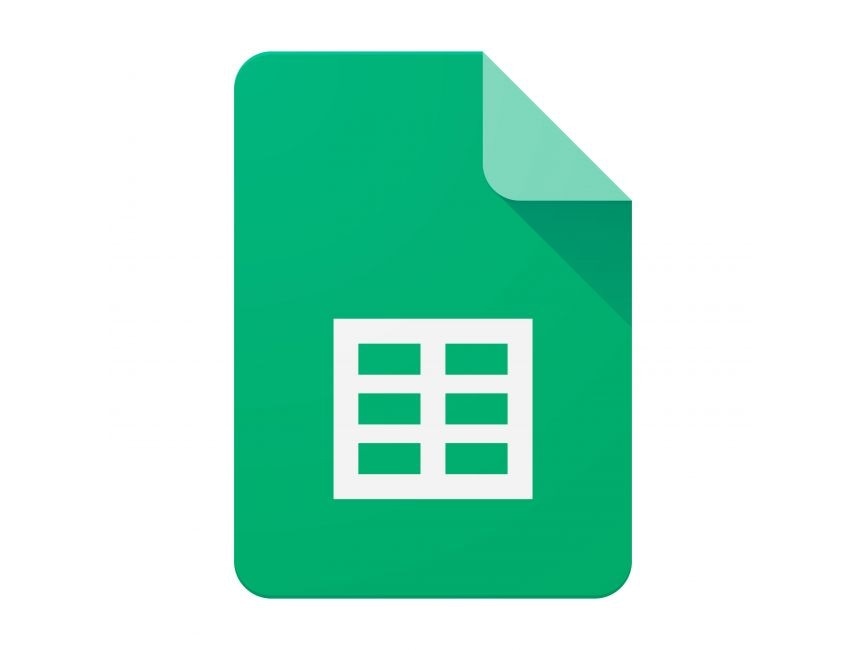by ibrahimharos
Healthcare Management System
import logging
from gunicorn.app.base import BaseApplication
from app_init import create_initialized_flask_app
# Flask app creation should be done by create_initialized_flask_app to avoid circular dependency problems.
app = create_initialized_flask_app()
# Setup logging
logging.basicConfig(level=logging.INFO)
logger = logging.getLogger(__name__)
class StandaloneApplication(BaseApplication):
def __init__(self, app, options=None):
self.application = app
self.options = options or {}
super().__init__()
def load_config(self):
# Apply configuration to Gunicorn
for key, value in self.options.items():
if key in self.cfg.settings and value is not None:
self.cfg.set(key.lower(), value)
def load(self):Frequently Asked Questions
Adding the type to the question configuration form: ```html <select class="form-control" id="edit_question_type"> <option value="text">Text Input</option> <!-- Add new option --> <option value="new_type">New Question Type</option> </select> ``` Q5: How do I implement custom validation for health center data before saving?
You can add validation logic in the API endpoint by modifying the create/update routes:
```python @app.route("/api/health_centers/create", methods=["POST"]) def api_create_health_center(): data = request.json
# Custom validation
def validate_health_center(data):
errors = []
if not data.get('care_level') in ['primer nivel', 'segundo nivel', 'tercer nivel']:
errors.append("Invalid care level")
if data.get('beds') and not isinstance(data['beds'], int):
errors.append("Beds must be a number")
return errors
validation_errors = validate_health_center(data)
if validation_errors:
return jsonify({
"status": "error",
"message": "Validation failed",
"errors": validation_errors
}), 400
# Proceed with creation if validation passes
try:
new_center = HealthCenter(data)
db.session.add(new_center)
db.session.commit()
return jsonify({"status": "success"})
except Exception as e:
return jsonify({"status": "error", "message": str(e)}), 500
```
Created: | Last Updated:
Healthcare Management System Template Guide
This template provides a complete healthcare management system with features for tracking health centers, districts, and team management. It includes user authentication, questionnaire functionality, and a map-based visualization of healthcare facilities.
Getting Started
- Click "Start with this Template" to begin
- Press the Test button to launch the application
- The system will provide you with a dedicated URL to access the dashboard
Using the Dashboard
The healthcare management system includes several key sections:
- Dashboard - Overview of the system
- Health Centers - Manage and track healthcare facilities
- Districts - Map view of facilities with filtering by care level
- Team - Manage administrators and crew members
Key features include:
- Register and manage health centers with detailed information
- Import health center data from DGIS Excel files
- Create questionnaires for health center evaluations
- Track changes and maintain history of facility updates
- Filter facilities by care level (First, Second, Third)
- Manage team access and permissions
Managing Team Access
The system supports different user roles:
- Admin - Full system access and management capabilities
- Crew - Limited access for data entry and updates
To add new team members:
- Navigate to the Team section
- Use "Add New Admin" or "Add Crew Member" buttons
- Enter email address and set permissions
- New users can then access the system through authentication
Health Center Management
To add a new health center:
- Go to Health Centers section
- Click "Register New Health Center"
- Fill in required details:
- Name
- Municipality
- Care Level
- Institution Type
- Additional facility details
To import DGIS data:
- Click "Import from DGIS"
- Upload Excel file with health center data
- System will process and import valid records
District Visualization
The Districts view provides:
- Interactive map showing all facilities
- Color-coded markers by care level
- Filtering options for different facility levels
- Detailed popup information for each location
The system is ready to use after deployment with no additional configuration required. Users can begin adding health centers and managing team access immediately through the web interface.
Template Benefits
- Centralized Healthcare Facility Management
- Comprehensive tracking of health centers, their resources, and capacities
- Real-time monitoring of facility status, staff distribution, and infrastructure
-
Streamlined management of multiple healthcare locations from a single dashboard
-
Data-Driven Decision Making
- Geographic visualization of healthcare facilities with interactive mapping
- Historical tracking of facility changes and updates
-
Detailed analytics and reporting capabilities for resource allocation
-
Team Collaboration & Access Control
- Multi-level user roles (Admin, Crew) with specific permissions
- Secure domain-based authentication system
-
Team management features for coordinating healthcare staff and administrators
-
Quality Assurance & Compliance
- Built-in questionnaire system for facility assessments
- Change request workflow with approval processes
-
Audit trail of all modifications and updates to facility information
-
Scalable Infrastructure Management
- Bulk import capabilities for facility data
- Flexible facility categorization (care levels, types, districts)
- Comprehensive tracking of facility resources (beds, staff, equipment)
Technologies
 Streamline JavaScript Workflows with Lazy AI: Automate Development, Debugging, API Integration and More
Streamline JavaScript Workflows with Lazy AI: Automate Development, Debugging, API Integration and More
 Optimize Google Sheets with Lazy AI: Automate Data Analysis, Reporting and More
Optimize Google Sheets with Lazy AI: Automate Data Analysis, Reporting and More
 Optimize SQL Workflows with Lazy AI: Automate Queries, Reports, Database Management and More
Optimize SQL Workflows with Lazy AI: Automate Queries, Reports, Database Management and More






